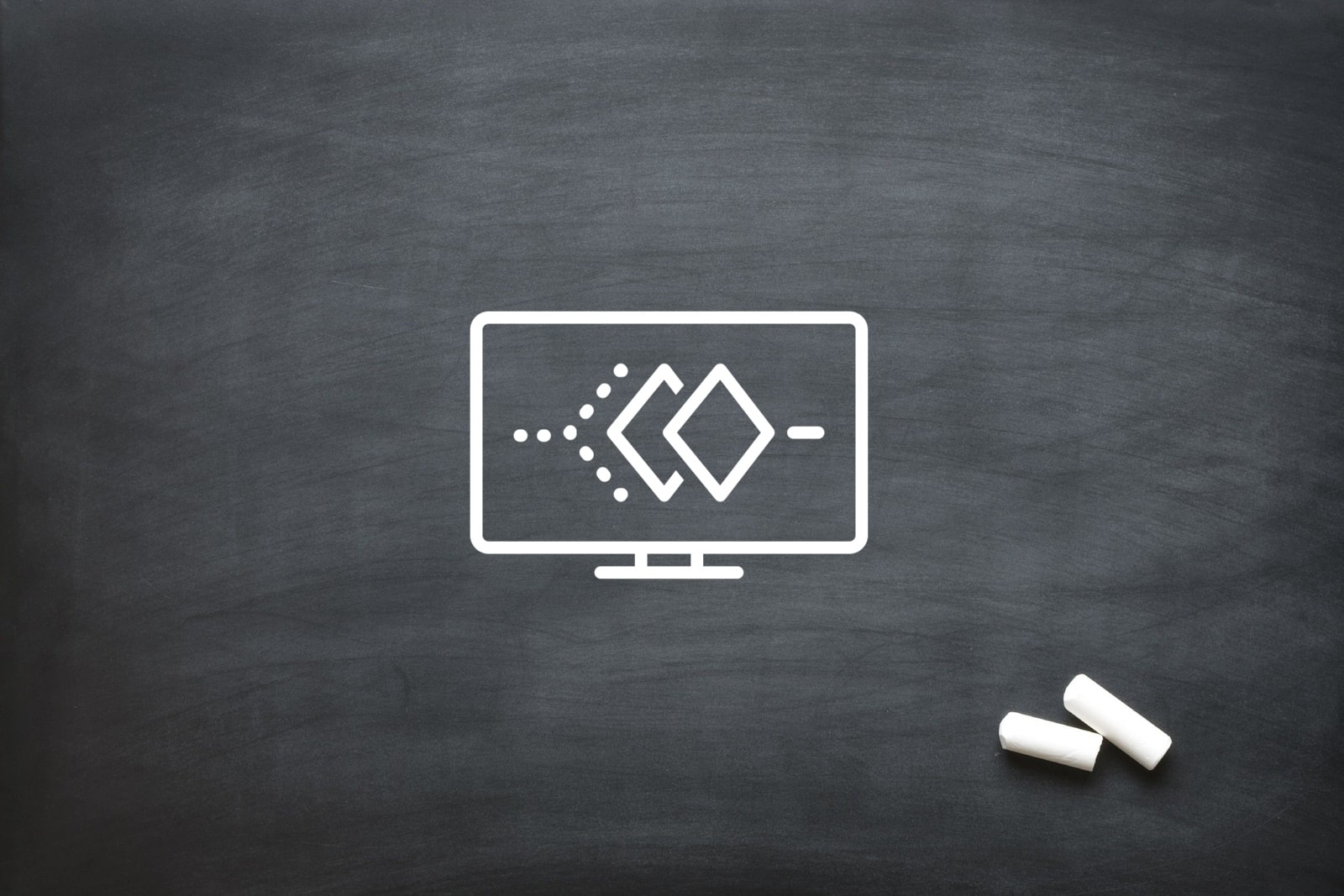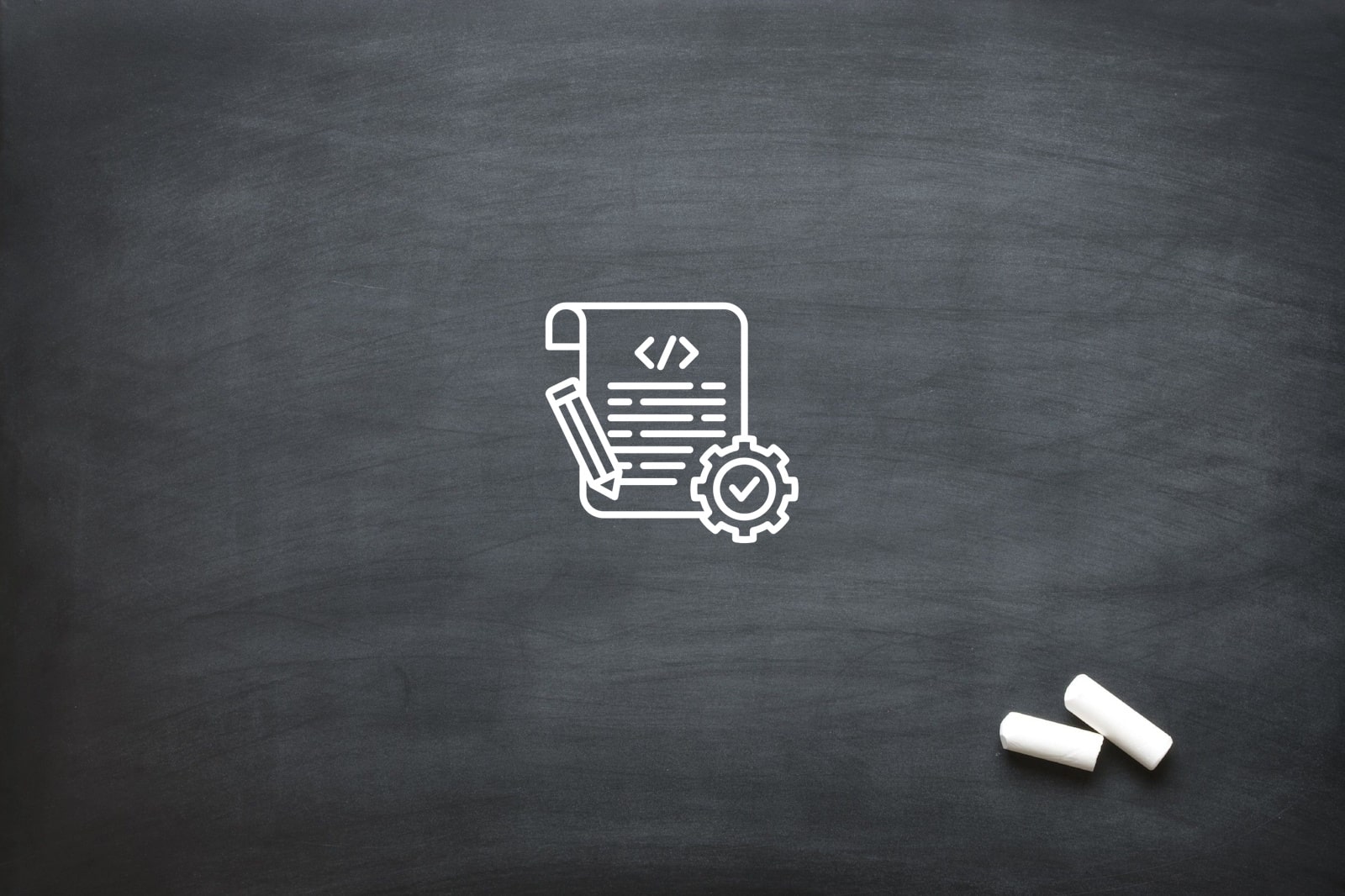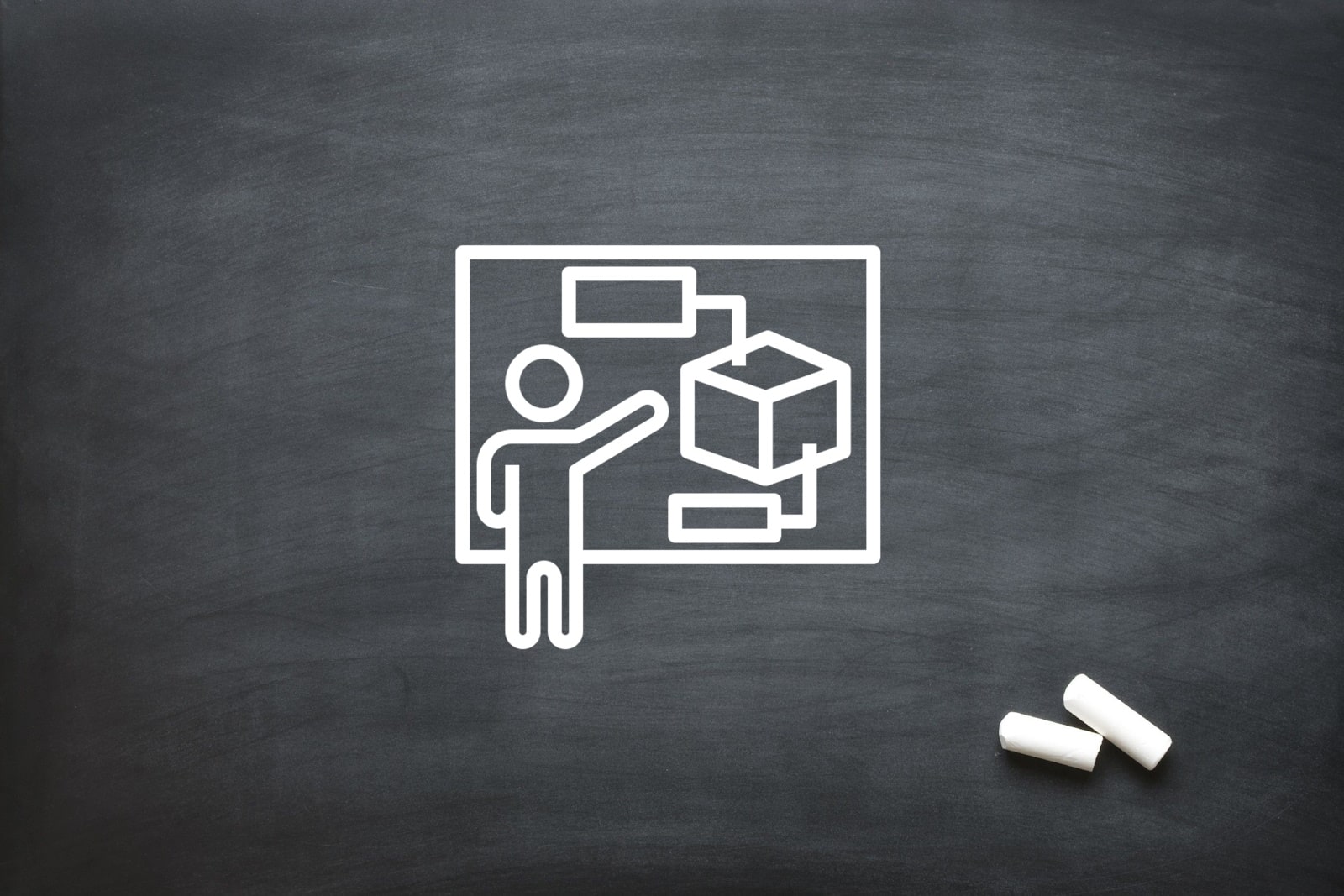
2D Animators: Timing vs Spacing
For 2D animators, crafting visually compelling motion is not simply about drawing frames in sequence; it is about understanding the physics and psychology that create life-like animation. Two of the most critical and often intertwined principles in this pursuit are timing and spacing. Timing determines how long an action takes, while spacing dictates how the action looks frame to frame. Both influence the energy, emotion, and realism of your scenes, shaping the overall narrative impact and audience connection.
These principles are not abstract theories but practical tools that every 2D animator uses daily. They affect how weight is perceived, how quickly viewers process movement, and how believable or stylised an action feels. As the demand for high-quality animation grows across education, marketing, and entertainment sectors, especially in South Africa’s rising digital landscape, understanding these foundational tools is what differentiates technically skilled animators from exceptional visual storytellers.
Timing
Timing refers to the number of frames an action takes to complete. Fast timing, achieved with fewer frames, makes movements feel urgent, snappy, and high-energy – ideal for comedic beats or rapid action sequences. Slow timing, achieved with more frames, creates smoother and more deliberate motion, adding drama, weight, or calmness to a scene. For 2D animators, mastering timing ensures that animation carries the intended emotion, whether it’s excitement in an advertisement, empathy in a character-driven narrative, or tension in an educational explainer.
Strong timing choices allow 2D animators to guide audience perception. By varying timing between scenes or characters, they create pacing that reflects narrative beats. Fast timing can build humour, while slow timing builds anticipation or emotional resonance. Without intentional timing, even beautifully drawn frames can feel flat or disconnected. Developing an instinct for timing requires continuous observation of nature, people, and professional works, and is one of the most rewarding aspects of animation craft.
Spacing
Spacing, while often discussed alongside timing, is an independent principle that determines how an object travels across the screen between each frame. Even if an action takes ten frames, spacing dictates whether that action accelerates smoothly, moves linearly, or decelerates towards the end. Wider spacing between frames implies faster movement; tighter spacing implies slower or stopping motion. For 2D animators, understanding spacing translates to controlling the physics and believability of each movement.
By intentionally adjusting spacing, 2D animators create the illusion of acceleration or deceleration, define the character’s mass, and add texture to scenes. For instance, a ball dropping with even spacing looks robotic, while spacing frames closer together near impact creates realistic gravity. Spacing shapes character personality too – fast, evenly spaced gestures feel mechanical; uneven spacing with varied frame gaps adds human-like imperfection and life. Mastering spacing unlocks the ability to convey physics, emotion, and narrative meaning simultaneously.
Slow In and Slow Out
The principle of slow in and slow out is essential for creating natural, organic motion. It involves placing frames close together at the start and end of an action while spacing them wider in the middle. This mirrors real-world physics where objects gradually accelerate and decelerate rather than moving at a constant speed. For 2D animators, applying slow in and slow out ensures their animation never feels floaty or unnatural, but instead carries the inertia and energy of real life.
Slow in and slow out is crucial for emotional storytelling. When a character raises their hand, slow in conveys hesitation or gentleness; when they slam it down, slow out combined with impact frames (explained below) conveys force. Consistently applying this principle refines an animator’s work, making characters appear grounded and movements easy for viewers to read. It also aids in smoothing transitions between poses and enhances motion arcs, key to creating elegant and believable animation.
Even vs Uneven Spacing
Even spacing distributes frames equally along a motion path, creating linear, mechanical movement. While this can be appropriate for robotic or mechanical elements, it is rarely used for organic animation. Uneven spacing distributes frames variably along the path, enabling 2D animators to craft dynamic and life-like motion. Uneven spacing introduces natural acceleration and deceleration, which is critical for making character actions feel grounded and relatable.
Using uneven spacing, 2D animators can enhance believability and add rhythm to scenes. For example, in a dance animation, evenly spaced leg movements may look artificial, while uneven spacing with faster follow-throughs and slower anticipations will look fluid and rhythmic. Uneven spacing also allows for exaggeration in comedic animation or squash and stretch in character movement. Learning to break free from evenly spaced frames is what unlocks animation that feels human and deeply engaging.
Timing Charts
Timing charts are essential visual guides used by 2D animators to plan how frames are distributed along a movement path. They map out whether spacing will be even, slow in, slow out, or custom curved. These charts help animators maintain consistency in frame placement, especially across complex arcs or overlapping actions. Timing charts are also useful in collaborative environments where multiple animators contribute to a single sequence, providing clarity and direction for frame-by-frame planning.
For 2D animators, drawing timing charts before animating prevents trial-and-error workflows and ensures intentional movement design. They serve as a blueprint that clarifies intent before drawing begins, increasing both production speed and final quality. Studying classic timing charts from professional works, analysing how spacing varies in arcs, and practising recreating them in personal projects will significantly improve animation confidence and skill.
Impact Frames
Impact frames are single or double frames inserted to intensify powerful actions such as punches, stomps, or slams. They often contain visual smears, exaggerated distortions, or pops of contrasting drawings to heighten the sense of force and abruptness. For 2D animators, strategic use of impact frames transforms ordinary actions into moments of explosive energy, essential for both comedic effect and action scenes.
These frames are most effective when used sparingly and purposefully. Overuse can diminish their effect, but well-placed impact frames grab attention and reinforce the physics of a scene. 2D animators can experiment with stretched smears, solid pops, or stylised shapes for stylised impact frames, ensuring each application suits the narrative tone and visual style of the project.
Frame Holding
Frame holding involves pausing a drawing for multiple frames, allowing the motion to ‘rest’ and create emphasis. In comedic animation, holding a frame slightly longer than expected enhances humour, giving viewers time to absorb facial expressions or awkward silences. For dramatic moments, frame holds can emphasise a character’s thought process or emotional shift, making the performance feel deliberate and engaging.
2D animators often use frame holds to punctuate a sequence, ensuring viewers register critical poses or reactions. Effective use of holds also influences pacing, giving rhythm to scenes and preventing motion from feeling monotonous or rushed. Combining holds with strong poses ensures that animation feels intentional and readable, a key hallmark of professional-level work.
Spacing for Weight
Animating weight convincingly requires strategic spacing decisions. Heavier objects demand tighter spacing near the point of impact and slower acceleration out of rest positions, reflecting the force required to move them. Conversely, lighter objects can accelerate and decelerate with wider spacing, suggesting ease of movement and low mass. For 2D animators, spacing for weight is vital for believable motion that conveys physics accurately.
Mastering this principle allows 2D animators to make their characters and props feel tangible. Whether animating a heavy anvil dropping or a feather floating, the correct spacing sells the illusion of real-world physics. It also enhances audience immersion, making animated worlds feel authentic and grounded in consistent visual logic.
Timing for Emotion
Adjusting timing is one of the most powerful tools for expressing emotion in animation. Quick timing can communicate surprise, panic, or excitement, while slower timing evokes calmness, sadness, or contemplation. 2D animators use these variations to craft emotional nuance within gestures, facial expressions, and body language, deepening narrative storytelling and character believability.
Timing for emotion also enhances comedic beats. Holding an anticipatory pose slightly longer before a sudden fast action increases humour, while gradual movements make characters appear thoughtful or weary. Understanding the emotional impact of timing decisions empowers 2D animators to create scenes that resonate deeply with audiences, elevating technical animation into true storytelling.
Practical Exercise: Bouncing Ball
Animating a bouncing ball remains the gold standard exercise for mastering timing and spacing. Start by animating a ball drop with even spacing to observe its mechanical feel. Then vary the spacing, placing frames closer near the ground and wider mid-air to reflect gravity and impact. Finally, experiment with different timings: short fast bounces for rubber balls and slow heavy bounces for bowling balls.
This simple exercise teaches 2D animators to observe and apply spacing for weight, timing for energy, and slow in/slow out for realism. Adding an impact frame at the moment of bounce or holding the ball on the ground for a comedic beat will further refine skills. Repeating this exercise frequently strengthens an animator’s intuitive grasp of movement physics and emotional pacing, critical for all future projects.
Timing and spacing are not mere technicalities; they are the beating heart of believable animation. For 2D animators, mastering these principles transforms static drawings into living performances that capture audience attention and emotion. Understanding how frame counts influence rhythm, how spacing conveys mass and force, and how techniques like impact frames and holds shape narrative beats is what elevates animation from good to exceptional.
If you are ready to enhance your animation projects with professional storytelling, impactful timing, and world-class spacing, contact Oliver Karstel Creative Agency today. We specialise in crafting animations that engage, inspire, and move audiences.






